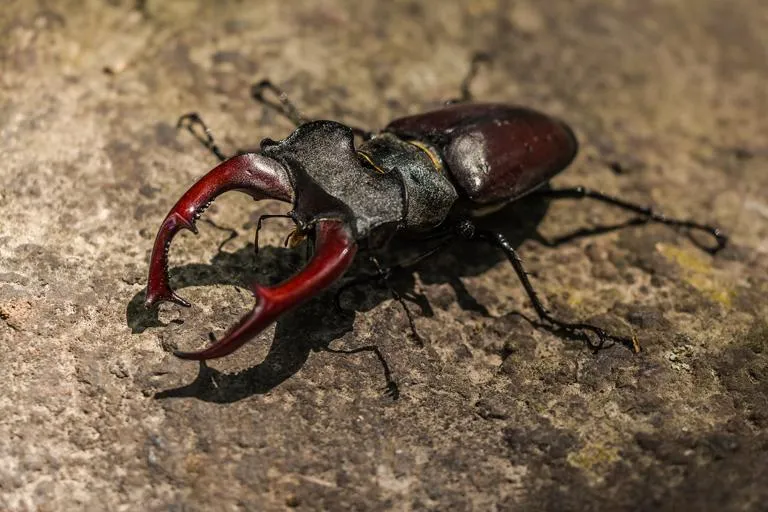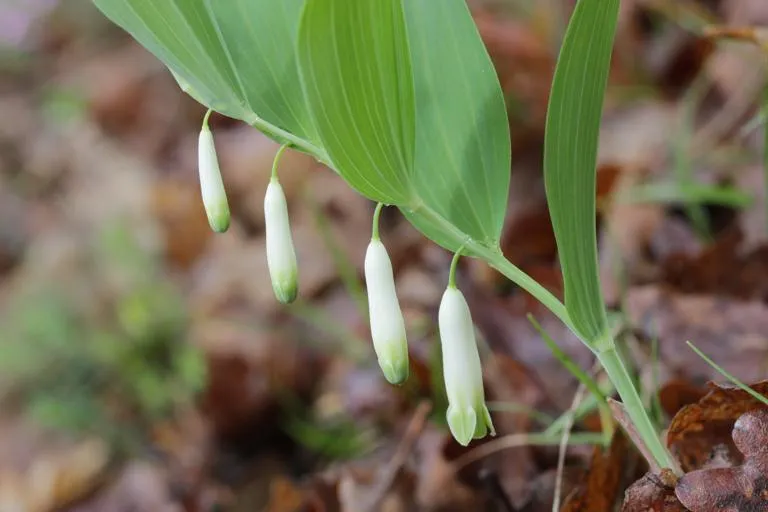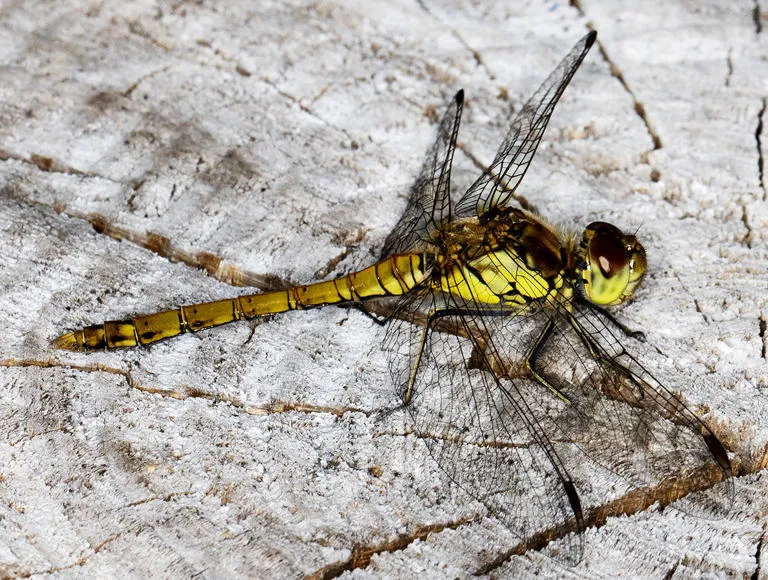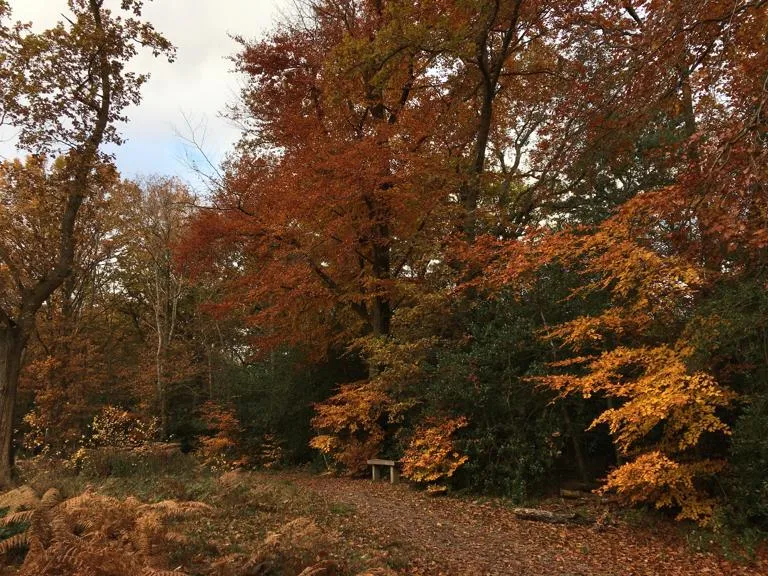West Wickham Common wildlife
As a Site of Importance for Nature Conservation (SINC), West Wickham Common is recognised as a valuable site for wildlife in the urban landscape. The site is a patchwork of ancient woodland, secondary woodland, heathland, acid grassland and scrub. The numerous ancient oak pollards provide an invaluable habitat for rare insects, bats, fungi and birds which utilise the nooks, cavities and cracks in ageing and decaying wood. Whilst you can see wildlife all year round, West Wickham Common is best visited in late summer and autumn to see the purple mist of heather flowers and the dazzling array of colourful leaves in autumn.
Ancient pollards
Think of an ancient tree and words that might come to mind are gnarled, knobbly, huge, bent and hollow. These sorts of characteristics are just as important as the actual age of the tree, but the term ancient is applied specifically to trees that are ancient in years. Ancient trees are those which have reached a great age in comparison with others of the same species. Many of these trees have survived due to pollarding whereby the branches are periodically cut. Historically this would have been for fuel or fodder for livestock but is typically carried out today solely to encourage slow, dense growth for the benefit of wildlife.
What to look out for
Botanical interest centres on the species found in the ancient woodland, which include Solomon’s seal, climbing corydalis and butchers broom. Victorian naturalists compiled a long list of the site’s bramble species, now believed to be held in the British Museum herbarium.
In the patches of acidic grassland, grasses dominate and include the delicate wavy hair grass, sheep's fescue and perennial rye grass.
Ten species of butterfly have been recorded on West Wickham Common including green veined white, purple hairstreak, purple emperor and speckled wood. Look out for them basking on the edge of the woodland on warm days!
A survey in 1995-6 recorded 176 species of insect at West Wickham Common, excluding butterflies and moths. These included several nationally important species including the stag beetle, the larvae of which live for several years in the decaying wood of deciduous trees.
The site is also home to several types of gall wasps. These small insects lay their eggs in plants and induce gall formation. The galls, which are often highly distinctive, are formed when the eggs hatch and the surrounding plant tissue swells up.
There are several bat species found including common and soprano pipistrelle, serotine, noctule and brown long-eared. The presence of mature trees alongside open pasture and standing dead wood provide good habitat elements for feeding and roosting.
The woodland tree species include oak, birch and beech with an understorey of holly and hazel. These areas have a high proportion of standing deadwood. This is a valuable habitat for a variety of saprophytic invertebrates which feed off of the dead and decaying wood.
In damp autumn months a wide selection of fungi can be found on the trees or emerging through the leaf litter below. Clouded agaric, false chanterelle, oak milkcap, purple brittlegill and beech woodwart are just a few of the fungi species sighted.



